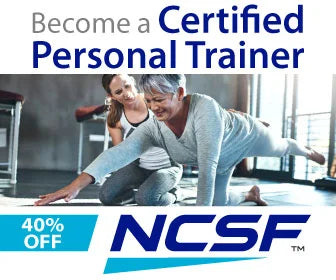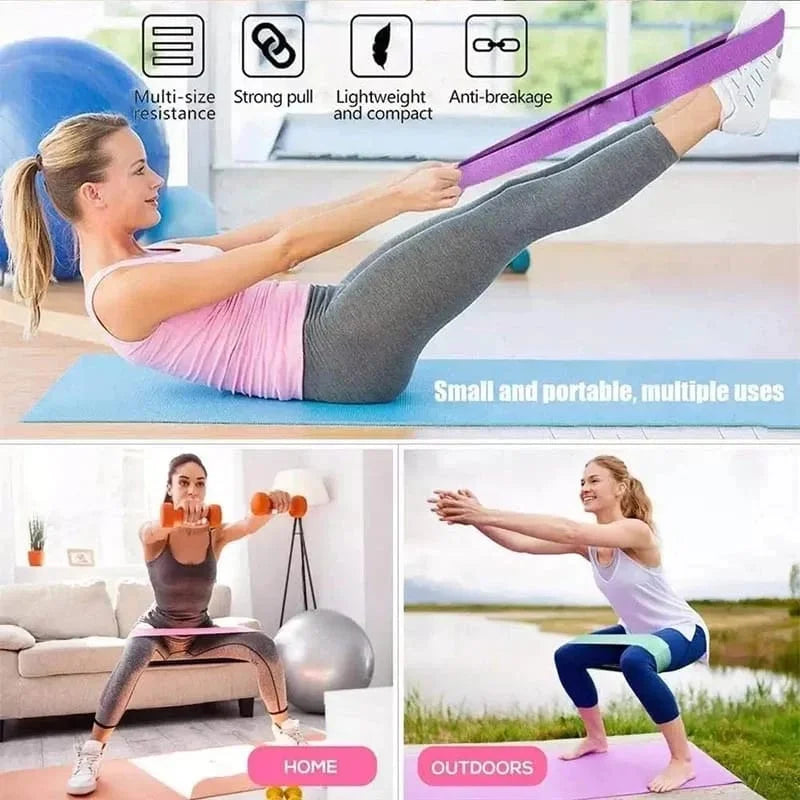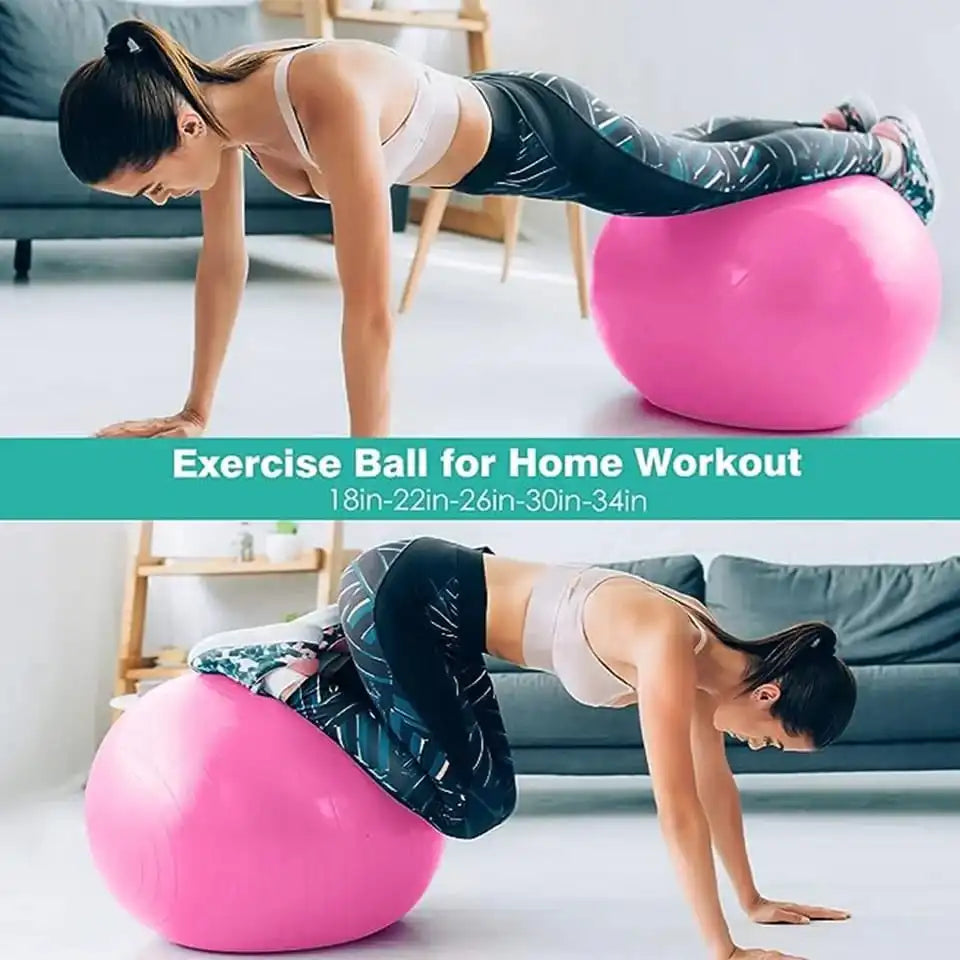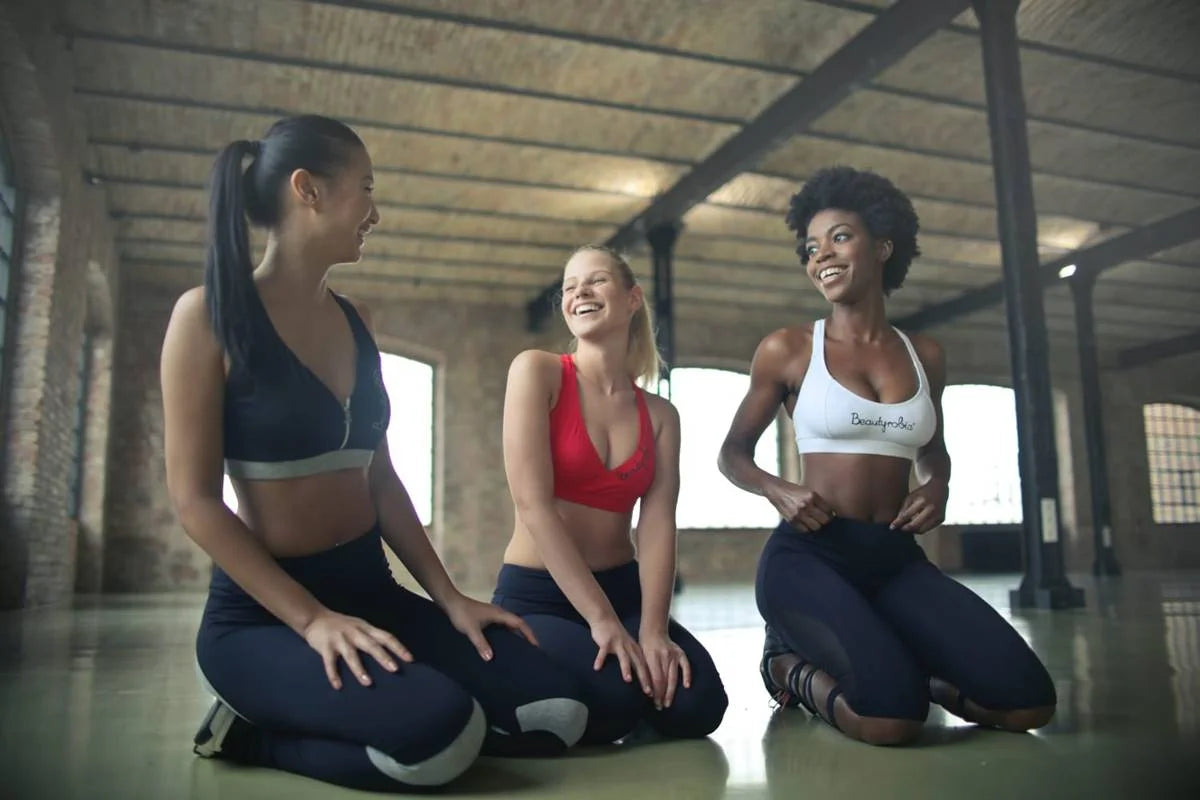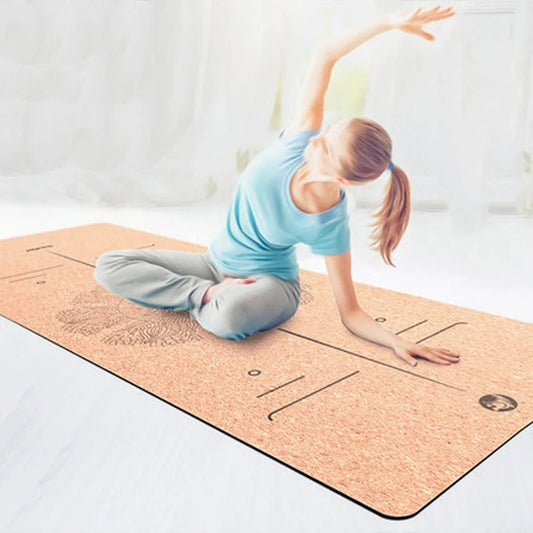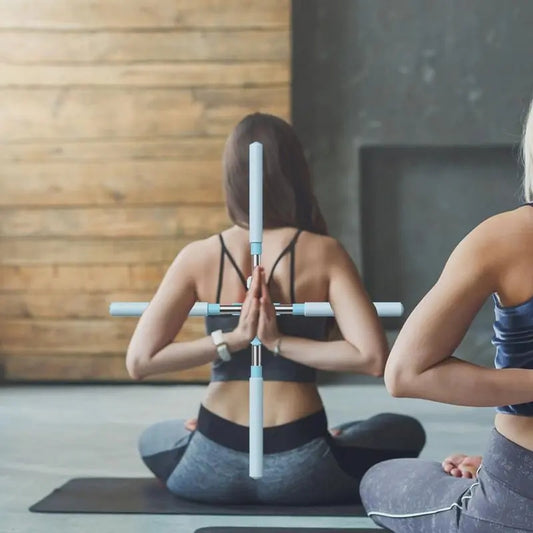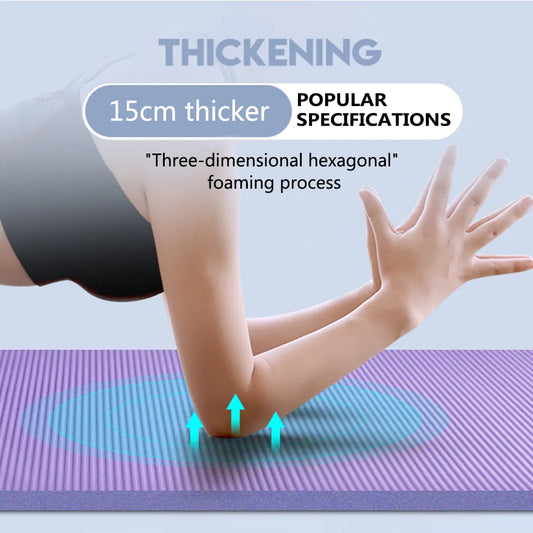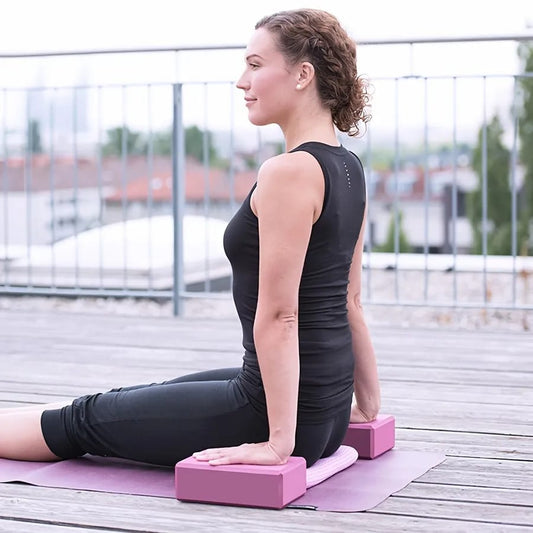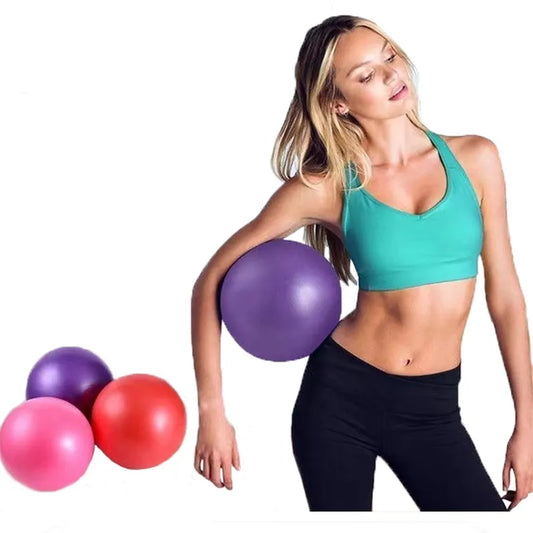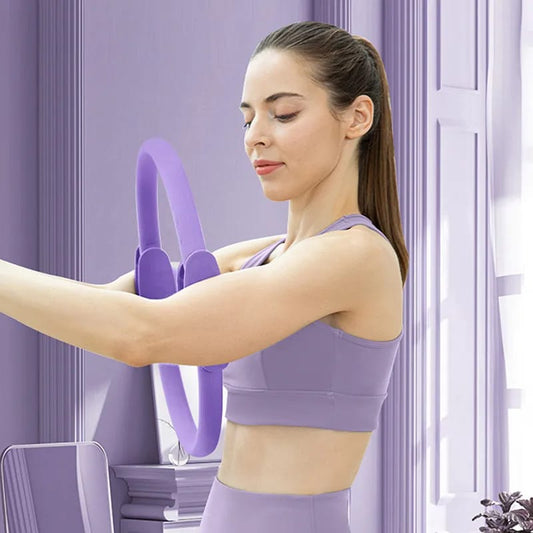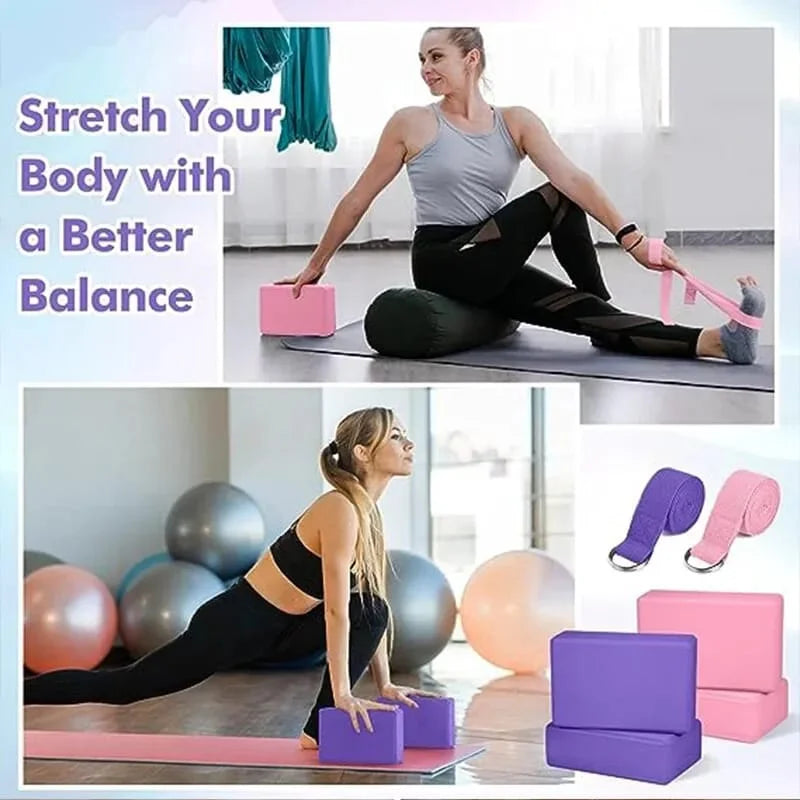Breathing correctly is essential for optimal health, relaxation, and efficiency during physical activities like exercise. Here are some tips on how to breathe correctly:
-
Diaphragmatic Breathing: Practice diaphragmatic breathing, also known as belly breathing or deep breathing. This involves using your diaphragm, a dome-shaped muscle beneath your lungs, to draw air deep into your lungs. As you inhale, your belly should expand, and as you exhale, your belly should naturally fall.
-
Breathe Through Your Nose: Whenever possible, breathe in and out through your nose. Nasal breathing helps filter and humidify the air, slows down your breathing rate, and promotes relaxation and optimal oxygenation of your body.
-
Engage Your Diaphragm: Focus on engaging your diaphragm when you breathe. Imagine filling your lungs from the bottom up, allowing your abdomen to rise and expand on inhalation and gently contract on exhalation.
-
Avoid Chest Breathing: Try to avoid shallow chest breathing, where your shoulders rise and fall with each breath. Chest breathing can contribute to tension and stress and may not fully engage your diaphragm for efficient oxygen exchange.
-
Maintain a Relaxed Posture: Keep your body relaxed and your shoulders down as you breathe. Avoid tensing your neck, shoulders, or jaw, and allow your breathing to be smooth, effortless, and natural.
-
Practice Mindful Breathing: Take moments throughout your day to practice mindful breathing. Set aside a few minutes for deep breathing exercises, meditation, or relaxation techniques to help calm your mind and reduce stress.
-
Use Breathing Techniques During Exercise: During physical activities like yoga, Pilates, or cardiovascular exercise, coordinate your breath with your movements. Inhale during the preparation phase or the easier part of the movement, and exhale during the exertion phase or the more challenging part of the movement.
-
Stay Present and Focused: Pay attention to your breath as you go about your daily activities. Stay present and mindful of the sensation of breathing, the rhythm of your breath, and the connection between your breath and your body's movements and sensations.
-
Practice Breathing Exercises: Explore different breathing exercises and techniques, such as box breathing, alternate nostril breathing, or counted breaths. These techniques can help calm your nervous system, increase lung capacity, and improve overall respiratory function.
By incorporating these tips into your daily routine and practice, you can develop healthy breathing habits that support your physical, mental, and emotional well-being.

